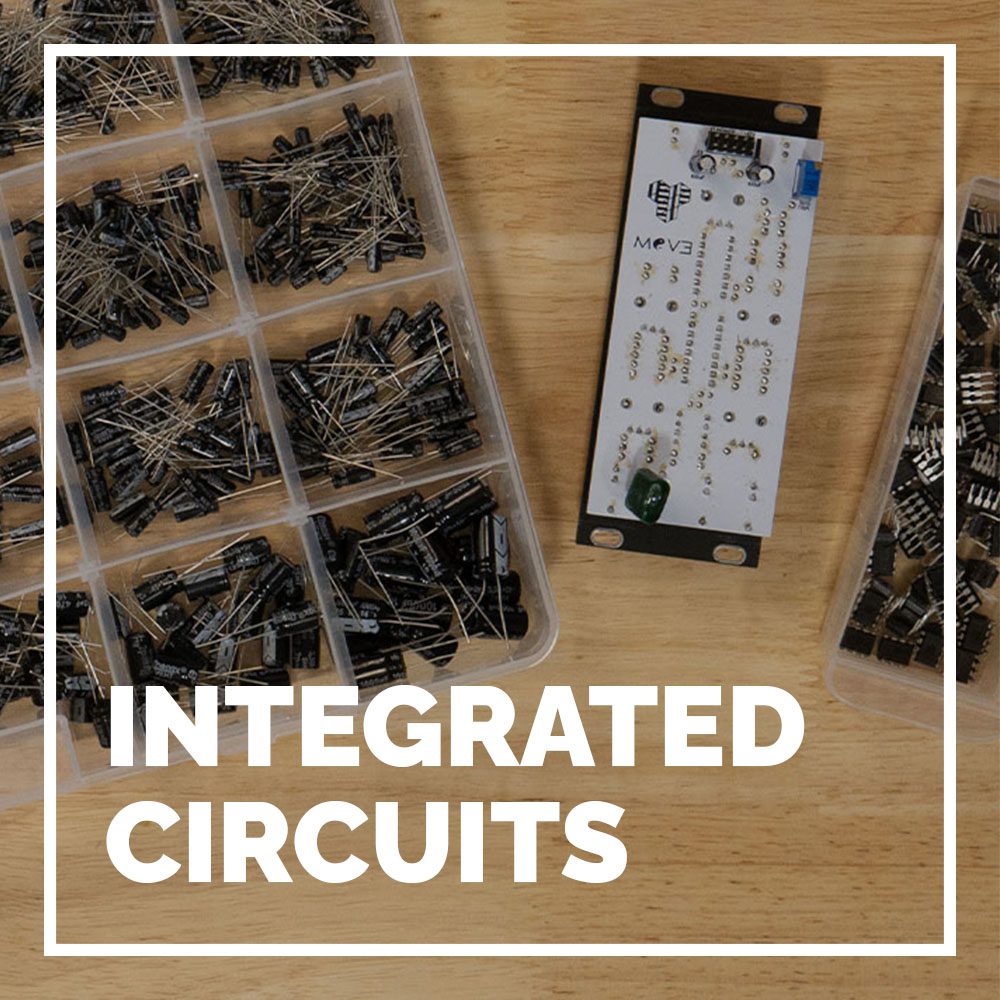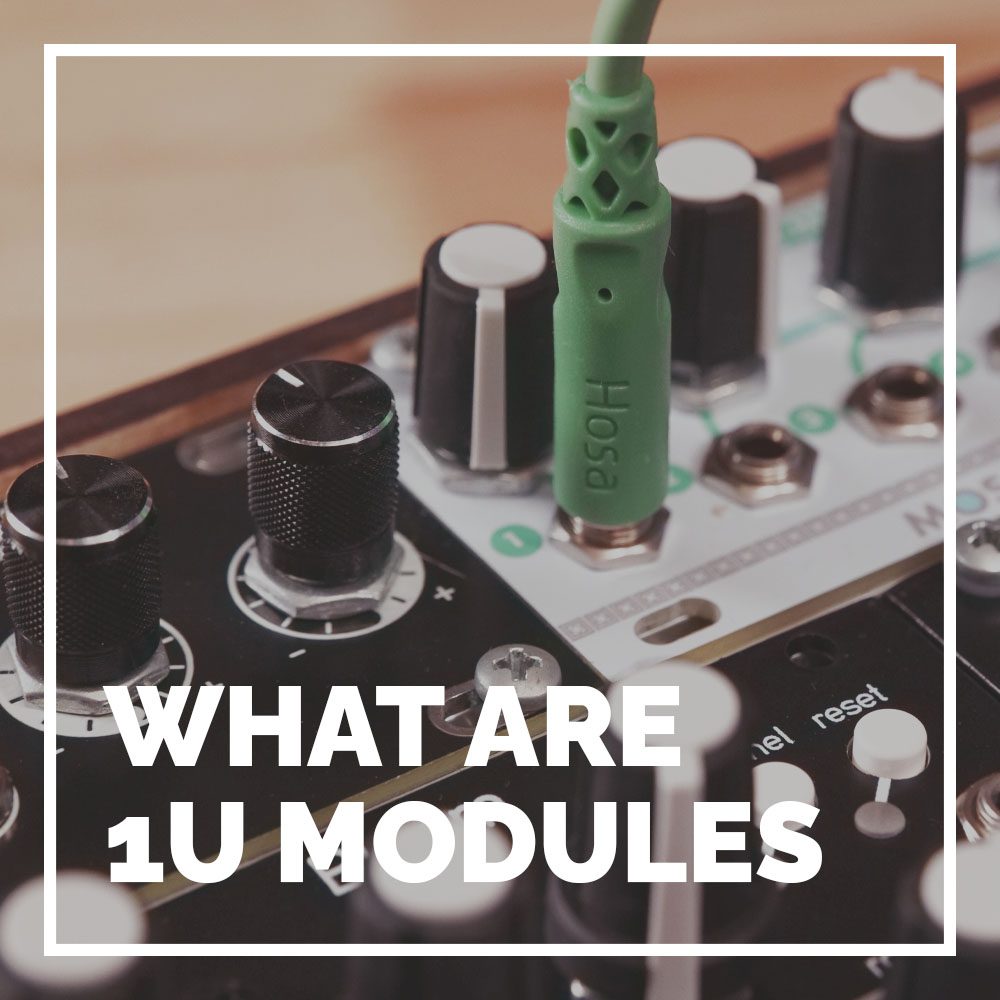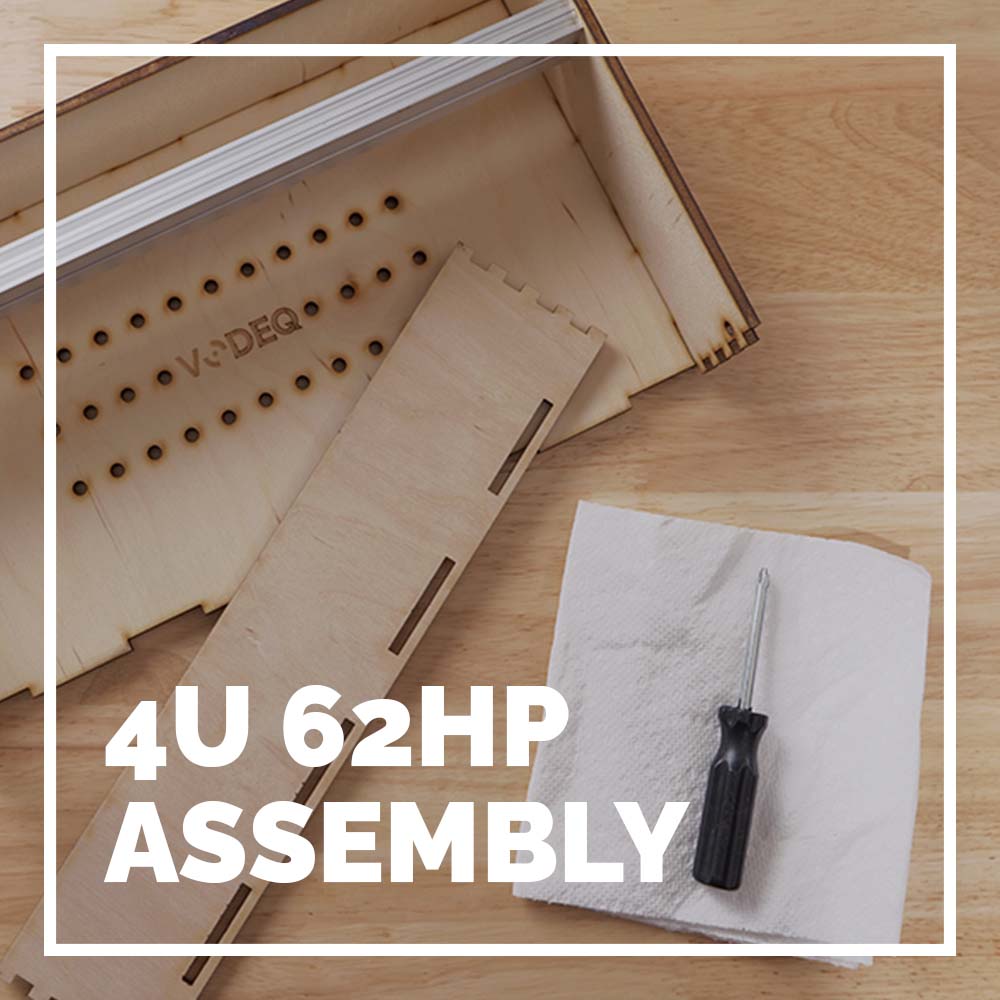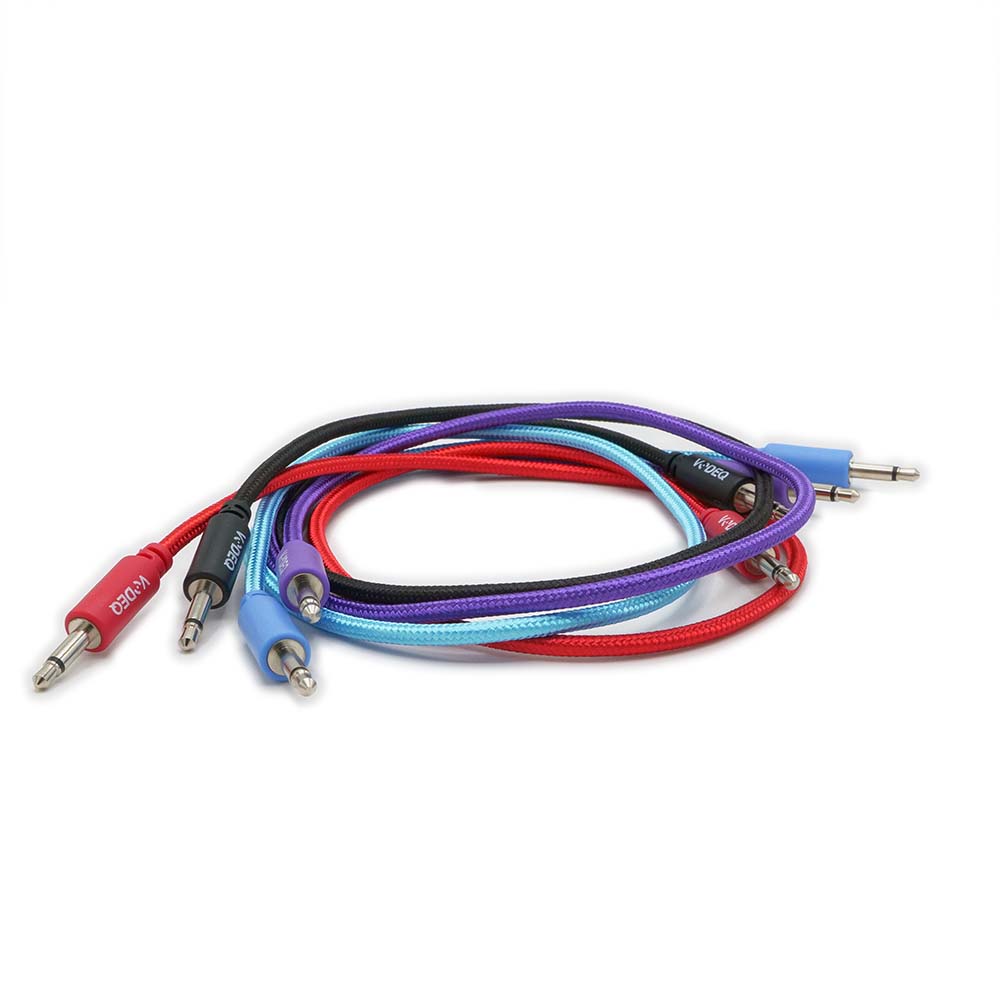

Why Patch Cables
In the captivating realm of modular synthesis, patch cables play a pivotal role, akin to the intricate neural pathways that facilitate communication between the various components of these intricate musical instruments. As you embark on the exhilarating journey of assembling your own modular system, a crucial aspect that often gets overlooked is the procurement of a comprehensive collection of patch cables compatible with your chosen format.
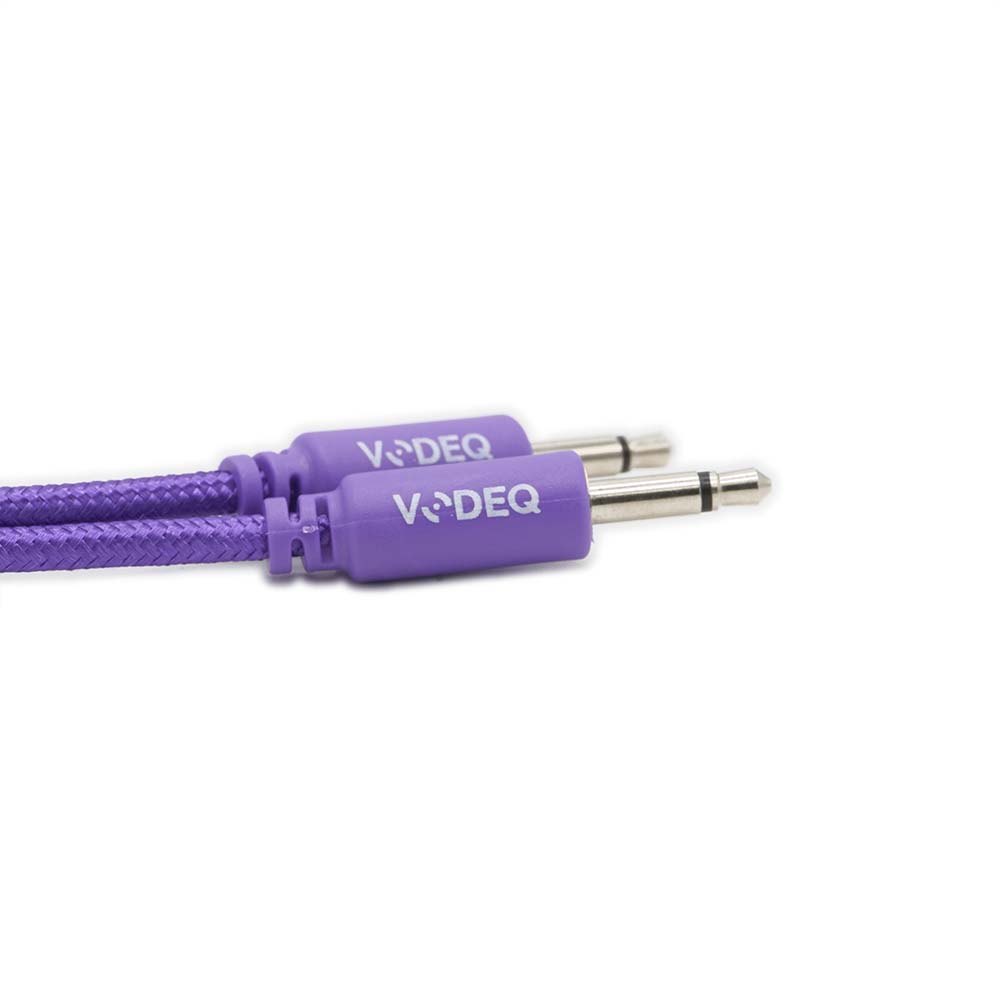

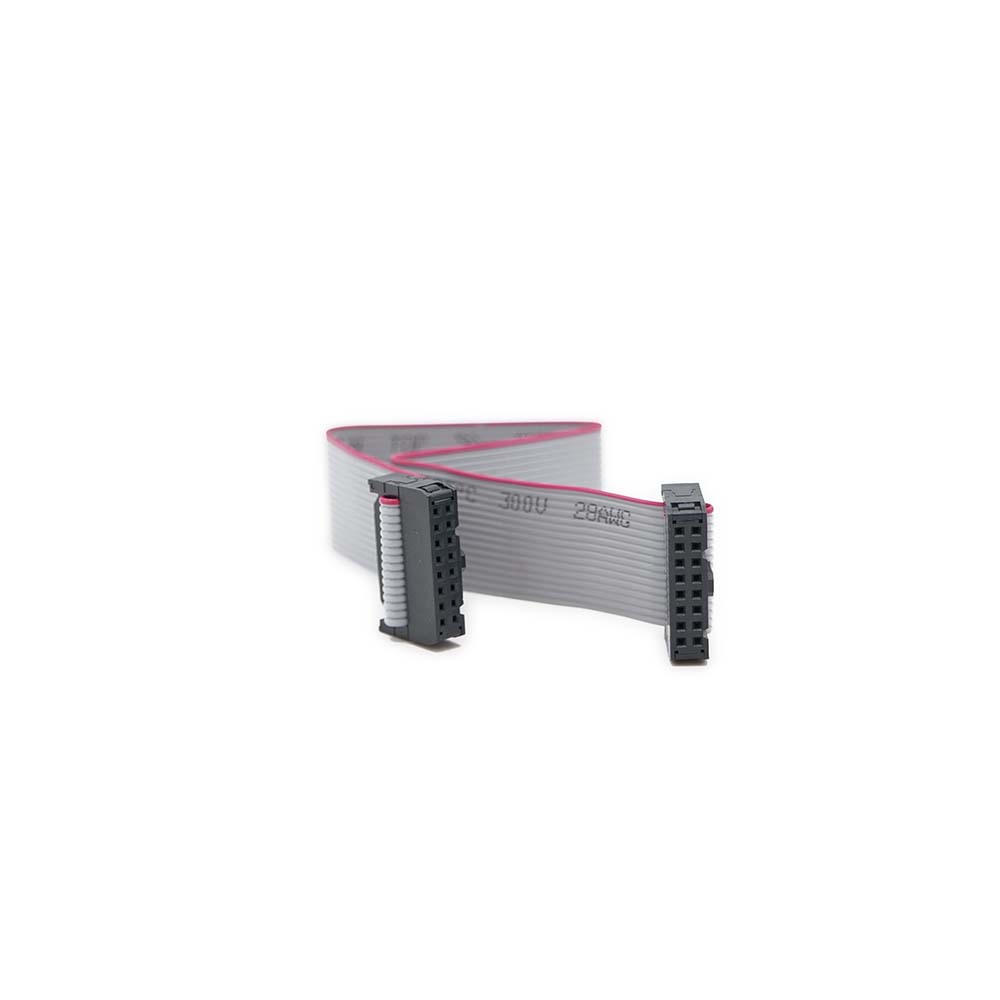

Compatibility
Before delving into the nuances of cable selection, it is important to ensure that the connectors at the ends of the cables are compatible with the modular system you have chosen. Each format adheres to specific connector standards, ranging from 3.5mm to pin connectors. Let’s explore the options:
- Eurorack systems typically employ 3.5mm (sometimes called 1/8 inch) connectors, offering a compact and sleek solution.
- The venerable 5U or MU (Moog Unit) systems often rely on the more substantial 1/4″ (6.35mm) connectors.
- Serge modules, steeped in modular history, utilize banana connectors for their interconnections.
- Buchla systems, known for their unique aesthetic, incorporate a combination of banana and TiniJax connectors.
- Certain micro systems opt for pin connectors, further diversifying the connector landscape.
Adding Personal Style
For many modular enthusiasts, patch cables are more than just their functional role, becoming an avenue for artistic expression. Some prefer a monochromatic aesthetic, opting for cables in a single hue, such as black, white, or even a vibrant pink. Others embrace the allure of braided jackets, lending a touch of textural intrigue to their setups (and improving the “feel” of the cable in your hands). And for those who relish the unconventional, glow-in-the-dark cables offer a unique visual spectacle, particularly in dimly lit performance environments.
While aesthetic preferences are highly subjective, the truth remains that the differences between cables are often negligible from a performance perspective. There are endless debates on whether the quality of the copper, thickness, and other physical characteristics affect the sound, but in our extensive testing we’ve found that the difference between patch cables is imperceptible. We’ll explore some of the common arguments below, but just keep this in mind.
Additional Considerations
Wire Gauge
At the heart of every patch cable lies a central conductor, surrounded by a shielding layer that protects the signal from external interference and prevents it from leaking out. This conductor is typically constructed from 26 AWG (American Wire Gauge) wire, boasting a diameter of 0.016 inches (0.405mm) and a resistance of 0.041Ω (ohms) per foot (0.134Ω per meter).
Some manufacturers opt for slightly thinner 28 AWG wire, measuring 0.0126 inches (0.321mm) in diameter and exhibiting a resistance of 0.065Ω per foot (0.213Ω per meter). While lower resistance is generally preferable, the relatively short lengths of most patch cables render this factor less critical. However, the thinner 28-gauge wire may be more susceptible to physical abuse over time, potentially compromising its durability. We tend to suggest 26AWG for most use cases.
Capacitance
Another consideration when selecting patch cables is capacitance, a phenomenon that can potentially distort the shape of the signal passing through the cable. Excessive capacitance can smear the waveform, leading to issues with gates, clocks, and triggers, as well as reduced high-frequency response.
The size and construction of the insulation between the conductor and shield play a crucial role in determining the cable’s capacitance. Lower capacitance is generally desirable, as it minimizes signal degradation. While most high-quality patch cables are designed to mitigate capacitance-related issues, some users have encountered problems with inexpensive, longer cables, underscoring the importance of investing in quality components. Unless you’re running 6 foot patch cables, we don’t think this should be a major consideration, and should you need these higher lengths, a balanced cable and driver would be recommended over the standard unbalanced patch cable.
Outer Jacket
The jacket, or the outer coating that encases the internal wires, is not merely an aesthetic choice but also plays a functional role in determining the cable’s overall performance and longevity. These jackets can be constructed from various materials, including plastic, PVC tubing, or nylon braided sleeves. For our cables, we generally select braided nylon as in addition to providing excellent flexibility, they’re extremely durable relative to a PVC cable of the same thickness. With that said, the softer nature of the PVC cable can be attractive to some users.
The thickness of the jacket is also a point worth mentioning, as thicker exterior coatings improve durability at the cost of worse flexibility and a more busy looking synthesizer. Somewhere in the middle is the sweet spot, where you can find durable cables without sacrificing functionality.

